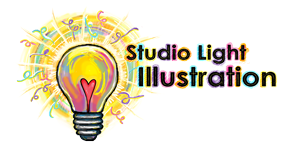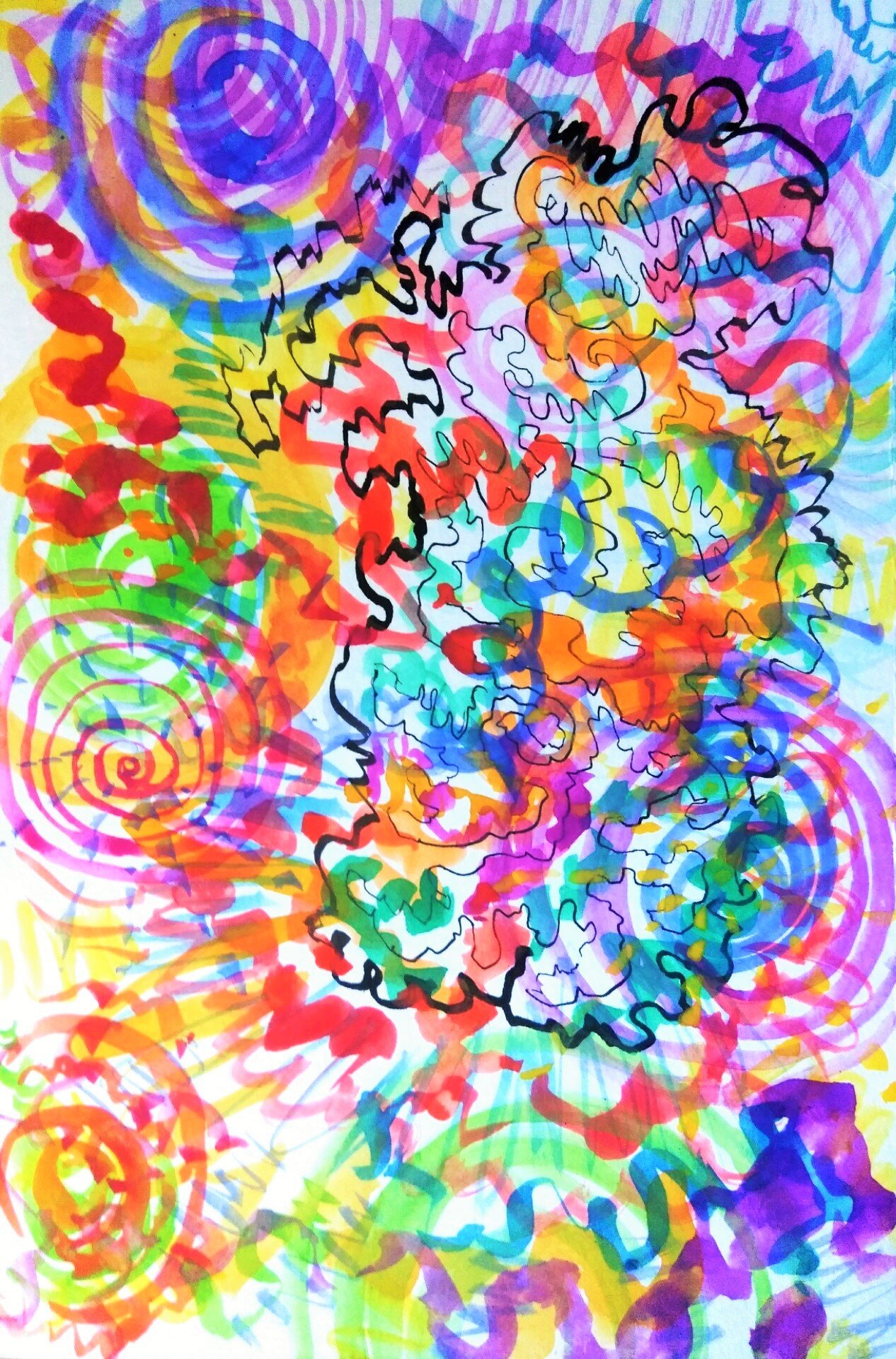Reflection and Artwork by Sebila Kratovac
We don’t need anyone to give us permission to be an artist, and we don’t even have to show our work to anyone. But what if we want to create art that is seen by others, art that helps us engage and connect with other people? I have always felt that the relationship between our self-worth and how we see ourselves in the world is closely related to how we connect with others. The journey that we take to become confident enough as creatives - to even feel worthy to have a loyal and paying audience - is essential to establishing a solid ground on which we can build our creative community and a business. A lot of us expect ourselves to follow a certain protocol toward success in order to establish a steady fan base and continuous income. Although some people are able to accomplish this, most of us have failed many times to learn important lessons in relationship building. But this journey is so valuable because it helps us cultivates confidence in who we are and freedom from caring about what the naysayers think.
In a fascinating Creative Pep Talk podcast 6 Tips on How to Build Your Following + 4 Fan Favorites CPT Ideas of all Time!, the host Andy J. Pizza talks about his own experience in building his creative community and enlists his patrons from Patreon and artist friends to talk about what helped them connect to their audience. The first challenge for us creatives is to develop courage to express our unique selves, no matter how strange and out there our creations seem to be. What comes up for me here is the concept of self-worth or value that we have to offer to the world. I believe that having courage to let our work be seen with confidence is directly proportional to how we see ourselves. Too many creatives have been rejected time and time again for different reasons. Add to it the fact that many of us are very sensitive people, it is truly marvelous that any of us make it through this step. The question to ask is: What will I give up for not having courage/initiative/stamina to show myself as I really am? Of course, taking action to expose ourselves to strangers might be a slow process for some of us but it is a necessary step on our journey.
One way for us to gain confidence is to experiment with different ways of expression and start sharing these experiments with other people until we find something that resonates with a specific audience. Guest Diana Rodriguez, an illustrator focused on body-positivity, suggests that what we put out there has to relate in some way to a specific audience through our unique style and our interests (identity, struggles, belief systems, philosophy, core values, guilty pleasures etc.). This is, in essence, our niche. Let’s say that you are really into astrology, herbalism, colorful magical art, and vegan food. You can build your art and business around these subjects with your unique twist. Personally, what I look for in an artist I want to support is uniqueness and passion for their art (and life!) and their ability to inspire me to do my thing and be my authentic self. One such artist for me is Shayna Klee (aka The Purple Palace) who truly lives a full, magical, and exuberant artist’s life and inspires me to do the same.
As we attract our specific audience, how do we stay connected without trying too hard to please our supporters? What kind of relationship or energy exchange is desirable or even appropriate with our audience? Because this is not an employee/employer relationship, there is a potential to form authentic friendship-based relationships. For me, this step is probably the most difficult one because it demands of me to get out of my comfort zone as an introvert and to risk trusting strangers. It also could be overwhelming to put in the energy needed to form deep and meaningful friendships with strangers I may never meet in person. One way to build trust with people who are supporting us is to be consistent with the quality and frequency of the creations we put out. Of course, sometimes we will not be able to accomplish this but, since we have developed a relationship based on trust, our audience is very likely to be understanding if we slip up sometimes, especially if we explain what is going on. If we think of our audience as collaborators or “climbing partners” as Andy calls them in the podcast, we can view the relationship from a less uptight perspective. We can see that actually we are supporting our audience as well, that we are helping our patrons achieve their dreams.
I am coming back again to what I feel is essential in creating authentic relationships: vulnerability and trust. Another podcast guest, expressive character illustrator Fran Meneses, points out that honesty and vulnerability is the key to building a creative following, even if it means risking negative feedback. It takes this openness to put ourselves out there on Patreon, GoFundMe, YouTube, or any other social media platform to potentially see great rewards. Many creatives struggle to break through this exposure barrier. What has helped me on my journey is to take small steps and work on myself first, to really understand my resistance to opening up to strangers online. It is truly inner work and, if not pursued, can be something that can keep us away from wonderful experiences in life. The biggest lesson I learned is that trust attracts trust. There are exceptions but the risk is worth the effort! For me, patience for myself while allowing myself to make important changes in my life rather than forcing myself to do something I am not comfortable with is a priority. But, maybe it is about not taking ourselves too seriously and committing to having more fun in our lives. As our vibration rises, being able to trust could just be a side effect of living an authentic and joyful life - and then abundance follows.







